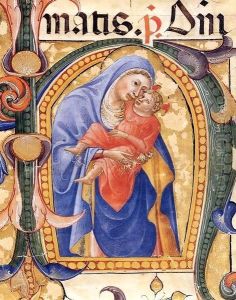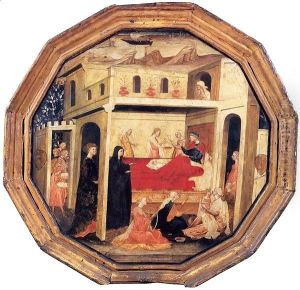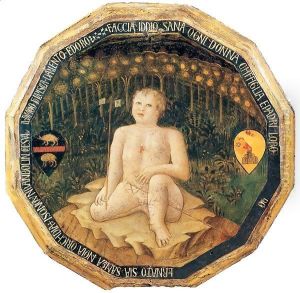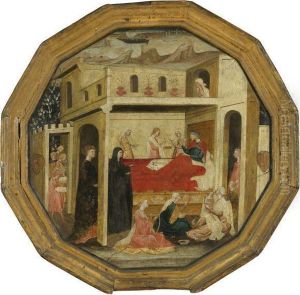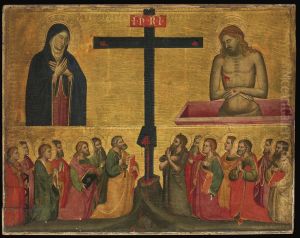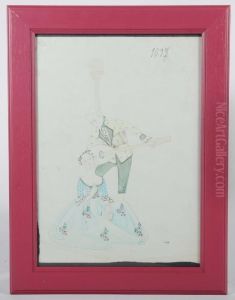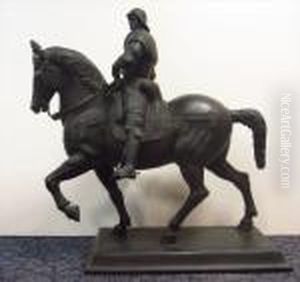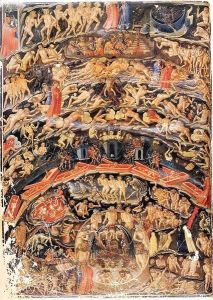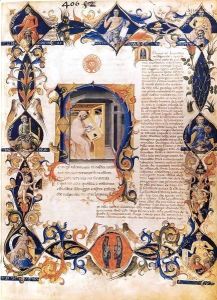Bartolomeo Di Fruosino Paintings
Bartolomeo di Fruosino was an Italian painter of the Florentine School during the early Renaissance period. His exact birth date is uncertain, but he is believed to have been born between 1366 and 1369 in Florence, Italy. Bartolomeo was a contemporary of other notable painters of the period such as Lorenzo Monaco and Masaccio. His works are characterized by their delicate execution and the influence of Gothic traditions, which was typical before the full advent of Renaissance styles.
Bartolomeo was trained as a manuscript illuminator and painter, and he worked primarily in Florence. His career is documented from 1393 to 1424, during which time he produced numerous artworks, including altarpieces, frescoes, and illuminated manuscripts. He became a member of the Guild of Saint Luke, the guild for painters and artists, which played a significant role in the artistic life of Florence at the time.
One of his notable works includes the 'Virgin and Child Enthroned,' which showcases his ability to create delicate and refined figures that were heavily influenced by the International Gothic style. This piece, like many others by Bartolomeo, demonstrates his attention to detail and his skill in using color and gold leaf to enhance the visual impact of his paintings.
Despite his active role in the Florentine art scene, Bartolomeo di Fruosino's work was eventually overshadowed by the revolutionary changes brought about by the next generation of Renaissance artists, who moved towards a more naturalistic and human-centered approach to art. Bartolomeo passed away in 1441, leaving behind a body of work that provides valuable insight into the transition from Gothic to Renaissance art in Florence. His legacy is preserved in various Italian museums and churches, where his paintings continue to be studied and appreciated for their historical and artistic significance.
